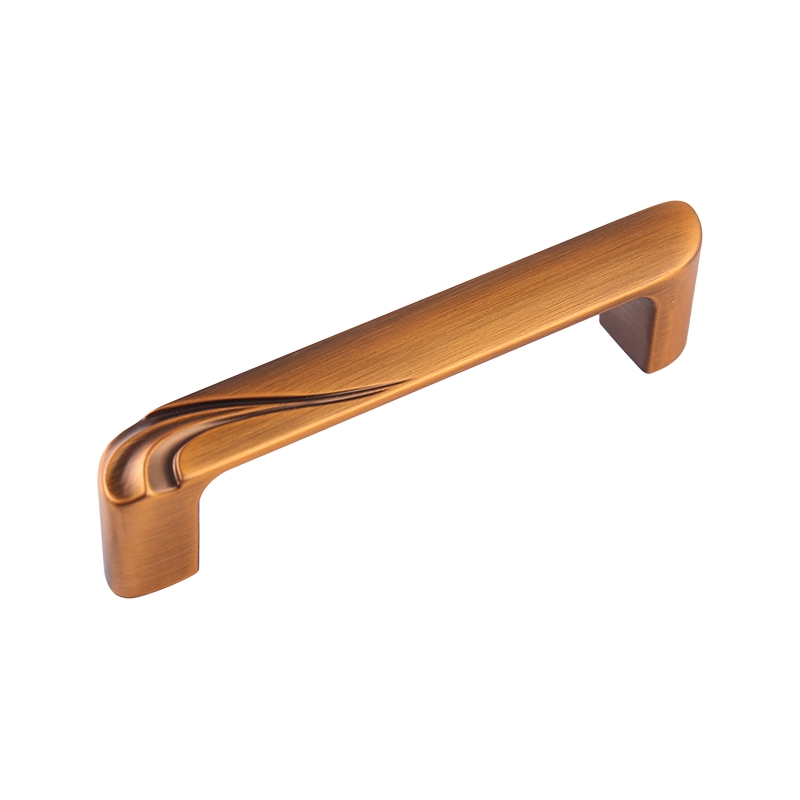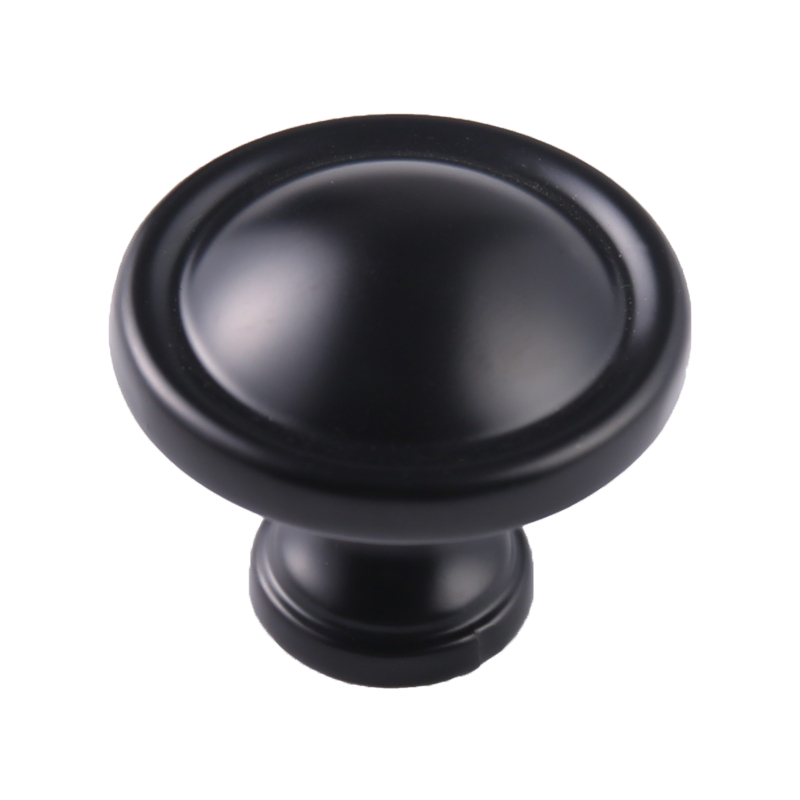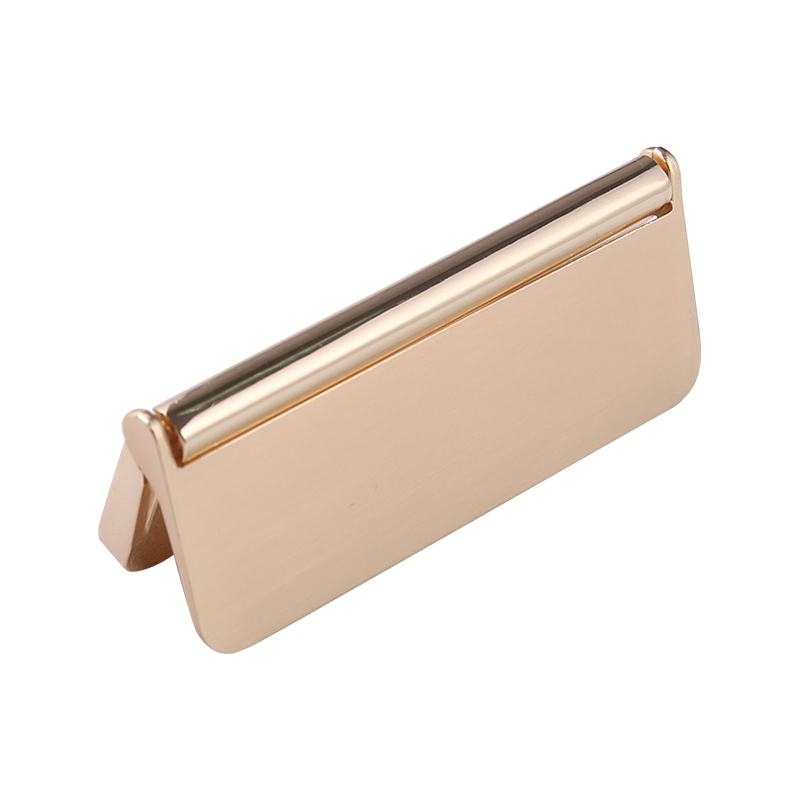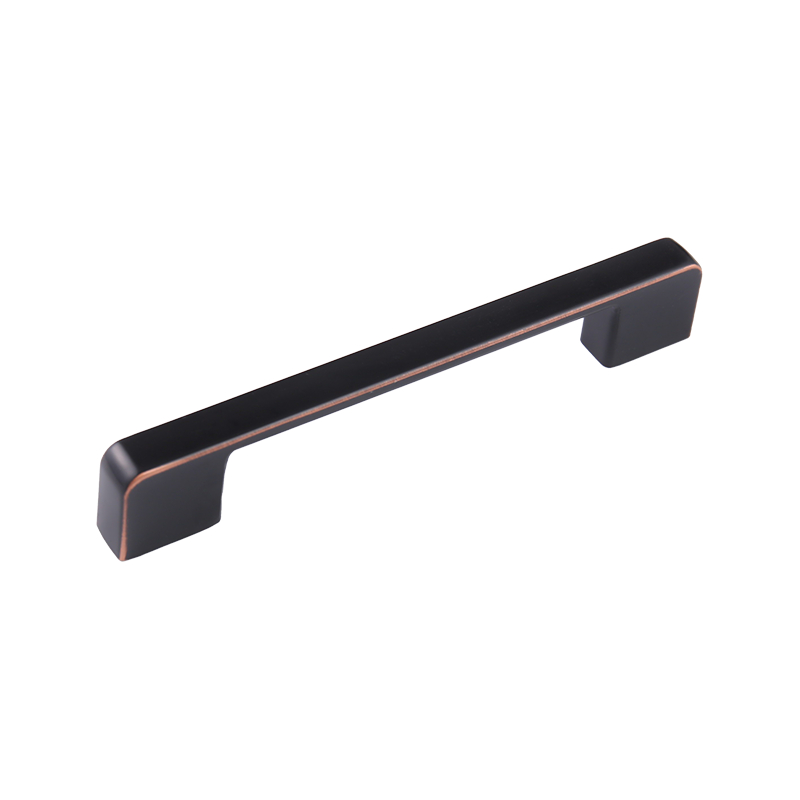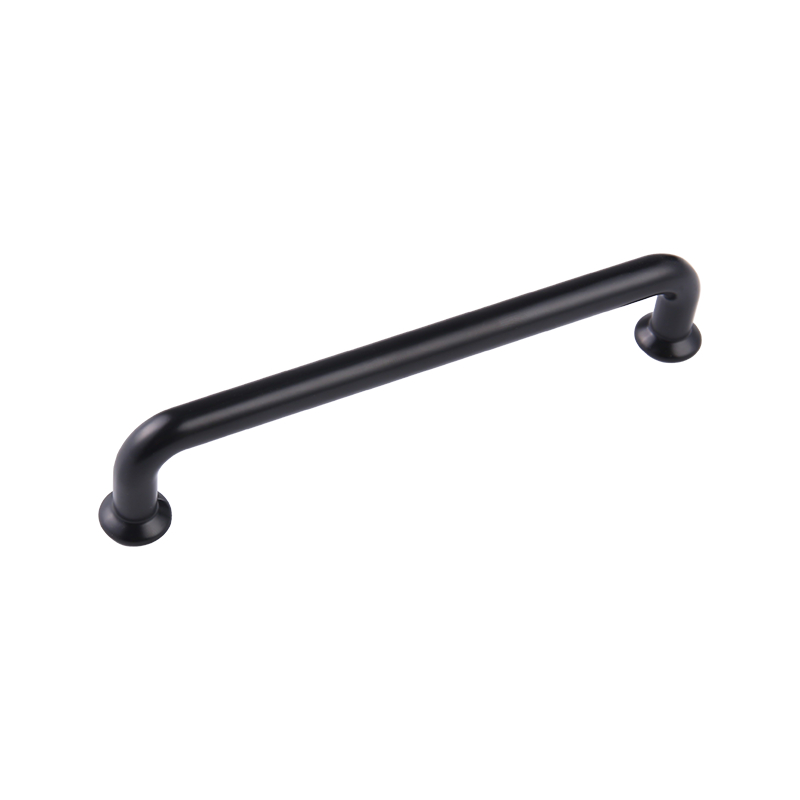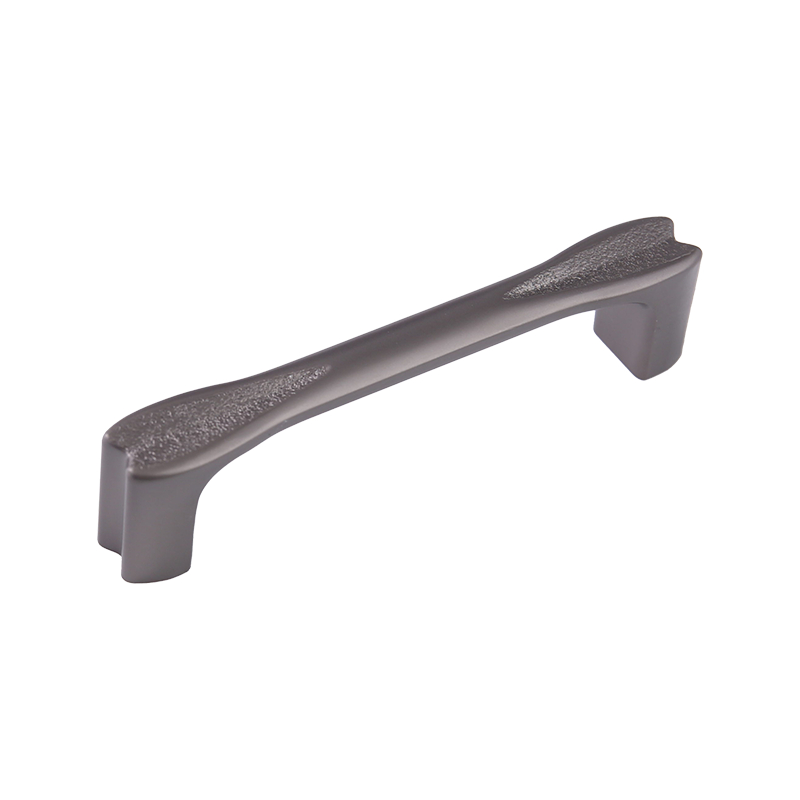As a professional hardware product manufacturing, R&D, design, and production enterprise, we are recognized as a pioneer in the hardware industry.
Amid the wave of custom home furnishings, attention is often focused on the environmental rating of the panels, the aesthetic layout of the cabinet design, and the color palette. However, there's a seemingly inconspicuous yet crucial role, hidden behind cabinet doors and deep within drawers, silently supporting the daily use and aesthetic presentation of a wardrobe: wardrobe hardware. For modern families striving for a high-quality lifestyle, wardrobe hardware is no longer simply a connector or functional component; it has become a core criterion for measuring a wardrobe's quality, durability, and comfort.
Wardrobe Hardware: Evolution from Functional Support to Aesthetic Elevation
Early wardrobe hardware was limited to meeting basic functional requirements such as opening, closing, and load-bearing. Hinges connected doors to the cabinet body, slides supported drawers, and clothes rails carried the heavy lifting of hanging clothes. These hardware components were relatively simple in design, prioritizing practicality over aesthetics.
With consumers' evolving demands for a comfortable home experience and advances in manufacturing technology, wardrobe hardware has undergone a remarkable transformation. It has begun to incorporate ergonomic design concepts, focusing on details such as silent operation and gentle movement. At the same time, materials and surface treatments have also significantly advanced, evolving from traditional iron and aluminum alloys to zinc alloys, stainless steel, and even incorporating polymer materials to accommodate wardrobe designs of varying styles and functions. From functional support to aesthetic refinement, the evolution of wardrobe hardware epitomizes the shift in modern home design from "object-oriented" to "person-oriented."

In-Depth Analysis of Core Hardware: Exploring the Secrets of Quality in the Details
In the vast world of wardrobe hardware, several core components are considered the "bones" and "joints" of a wardrobe, their quality directly determining its overall performance.
Hinges: The "heart" of wardrobe doors
Hinges, also known as hinges, are the critical hardware that connects the door to the cabinet body. High-quality hinges require high strength, corrosion resistance, and strong load-bearing capacity. Today, soft-close hinges with damping functions have become mainstream. They utilize internal hydraulic or pneumatic mechanisms to provide a smooth and silent cushioning effect when cabinet doors close, eliminating slamming and extending the life of the cabinet. Some high-end hinges also feature quick-release and adjustable features, facilitating installation and subsequent commissioning.
Drawer Slides: The Guarantee of Smooth and Quiet Operation
Drawer slides determine whether drawers open and close smoothly and quietly. High-quality slides typically feature a three-section design, allowing drawers to fully extend for easy access. They are typically constructed of cold-rolled steel with an electroplated or spray-coated surface for enhanced corrosion resistance. Slides with damping or rebound functions are also popular. Damping slides allow drawers to close gently, preventing pinching; rebound slides automatically pop out with a light press on the drawer panel, eliminating the need for handle installation and enhancing the cabinet's clean appearance.
Clothes Rails: The Art of Load-Bearing and Functionality
As a crucial storage component within a wardrobe, a clothes rail's load-bearing capacity and design details are crucial. Traditional round tube clothes rails primarily serve the purpose of hanging clothing. Modern clothes rails, on the other hand, prioritize functionality and aesthetics. For example, sensor-activated clothes rails with LED lighting automatically illuminate when the door is opened, allowing clothing to be easily viewed. There are also liftable clothes rails, particularly suitable for high-rise storage, making it easy to access items.

Buying Guide: How to Discerningly Choose High-Quality Hardware
When choosing wardrobe hardware, consumers should consider the following aspects:
Brand and Reputation. Well-known brands typically possess stronger R&D capabilities and quality control capabilities, and their products offer a higher level of assurance in terms of material quality, craftsmanship, and durability.
Material and Craftsmanship. Materials such as zinc alloy and stainless steel are widely used due to their superior corrosion resistance and load-bearing properties. Observe the hardware's surface finish for smoothness, burr-free finish, and uniform color; these details often reflect the quality of the manufacturing process.
Functionality and experience. Choosing hardware with features like damping and rebound can significantly enhance daily comfort. You can personally experience the smooth opening and closing of hinges and the quiet operation of slide rails to assess their performance.
After-sales service. The installation and commissioning of wardrobe hardware requires expertise. Choosing a brand with comprehensive after-sales service ensures that any problems encountered during use will be resolved promptly and effectively.


 English
English русский
русский Español
Español عربى
عربى
